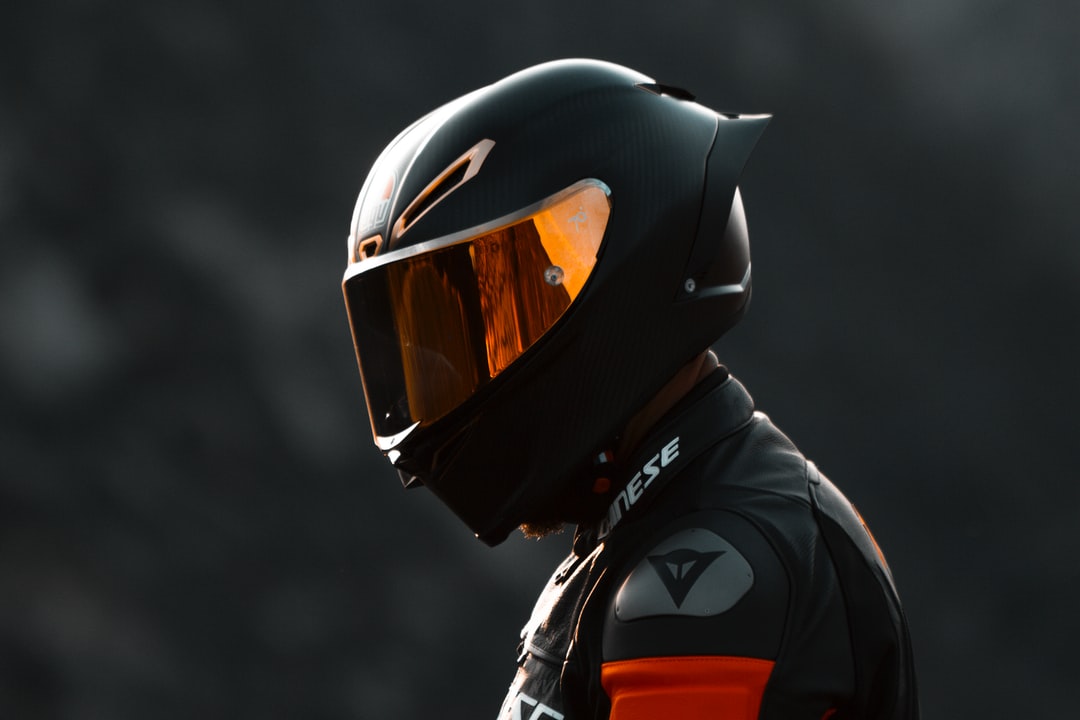9 Easy Facts About Motorcycle Boots Explained
9 Easy Facts About Motorcycle Boots Explained
Blog Article
The Definitive Guide to Motorcycle Boots
Table of ContentsThe smart Trick of Motorcycle Boots That Nobody is Talking AboutSee This Report on Motorcycle BootsThe 10-Second Trick For Motorcycle BootsAbout Motorcycle Boots7 Simple Techniques For Motorcycle BootsThe Greatest Guide To Motorcycle Boots
The crucial parts of modern-day bikes are presented listed below.; this has been utilized all with motorcycle history however is now ending up being much more usual.It was widely undesirable and generally considered a poor idea at the time. Today it is a used on some "thumpers" (single-cylinder four-strokes) that typically have dry-sump lubrication requiring an exterior oil container. It has actually given that gotten some prestige in the contemporary personalized bike globe as well as a result of the space financial savings it can afford and the reference to an earlier age.
Any kind of storage container for gas might be so called, the term is usually used to part of an engine system in which the gas is saved and thrust (gas pump) or released (pressurized gas) right into an engine. A motorcycle fork is the portion of a motorbike that holds the front wheel and permits one to steer.
Getting The Motorcycle Boots To Work
The combination of rake and route establishes how steady the motorbike is. motorcycle boots. The 'fork' on a motorbike is composed of several parts. The triple trees (additionally called yokes) hold the fork tubes (which contain the fork springtimes), and are fastened to the neck of the structure by the guiding stem.

Motorbikes have primarily, yet not solely, been produced with one to 4 cyndrical tubes, and developers have actually tried practically every conceivable format. One of the most common engine configurations today are the single and twin, the V-twin, the opposed double (or boxer), and the in-line triple and in-line 4. A number of others designs have actually reached automation, including the V-4, the flat 6-cylinder, the level 4-cylinder, the in-line 6-cylinder, and the Wankel engine.
The Definitive Guide for Motorcycle Boots
Chain-drive uses gears and a roller chain, which calls for both lubrication and adjustment for prolongation (stretch) that takes place through wear. The lube undergoes being shaken off the fast-moving chain and leads to gunk and dirt accumulation. Chains do deteriorate, and excessive wear on the front and rear sprockets can be dangerous.
Standard roller chain-drives experience the capacity for vibration, as the reliable span of action in a chain and sprocket combination constantly alters throughout the change ("chordal action"). If a drive gear revolves learn this here now at constant RPM, then the chain (and the driven gear) needs to accelerate and slow down frequently. Many chain-driven motorbikes are fitted with a rubber bushed rear wheel center to remove this vibration issue.
These chain oilers vary in refinement, yet all add significantly to the life of the chain. The customized of lubing by submersing the chain in a tin of warm oil ceased in the early 1970s, as soon as most chains had rubber "O'-rings. The original Suzuki RE5 of 1975 included a back chain oiler, however the 1976 design had a covered chain, and its oiler was removed as "unnecessary".
Rumored Buzz on Motorcycle Boots
A toothed belt is frequently made use of. Nonetheless, they are not as resilient when based on high horse power as a chain. You can not alter the length and modification final drive ratios as conveniently as chains. They additionally can not wrap as very closely around chains. And require bigger pulleys compared to chain gears to obtain a reliable final drive proportion.
A shaft-drive is typically completely confined; the aesthetic hint is a tube expanding from the back of the transmission to a bell housing on the rear wheel. Inside the bell advice housing a bevel equipment on the shaft companions with one more on the wheel mount. This plan is exceptional in terms of noise and sanitation and is virtually maintenance-free, with the exemption of occasional liquid changes.
The additional equipment collections are a resource of power loss and added weight. A shaft-equipped motorbike may additionally be prone to shaft impact. Practically all high-performance racing motorcycles use chain-drive because they are one of the most mechanically effective transmitting power to the back wheel. A cable wheel and pneumatic motorbike tire on a Ural The wheel rims are normally steel or aluminum (normally with steel spokes and a light weight aluminum hub) or mag-kind cast or machined aluminum.

Little Known Facts About Motorcycle Boots.
There are tires made for dirt bikes, touring, sport and cruiser bikes. Dirt bike tires have knobbly, deep treads for maximum grip on loose dirt, mud, or gravel; such tires tend to be less steady and noisier on smooth surfaces.
Exploring tires are generally constructed from a more difficult rubber compound for greater longevity, these might last much longer yet often tend to offer much less outright grip contrasted to sports tires at optimal operating temperatures. Touring tires generally offer much more hold at reduced temperatures and can be a lot more fit to riding in cold or winter season conditions where a sport tire may never reach its optimum operating temperature.
These have a tendency to have stronger sidewalls as they are typically fitted to larger devices. Motorsport or competing tires provide the greatest of degrees of grip. As a result of the heats at which find this these tires usually run, utilize outside a racing setting is unsafe, normally these tires do not reach their optimal temperature level which supplies much less than ideal grip.
Little Known Questions About Motorcycle Boots.

There are lots of brake-performance-enhancing aftermarket components available for many motorcycles, including brake pads of differing compounds and steel-braided brake lines.
Report this page